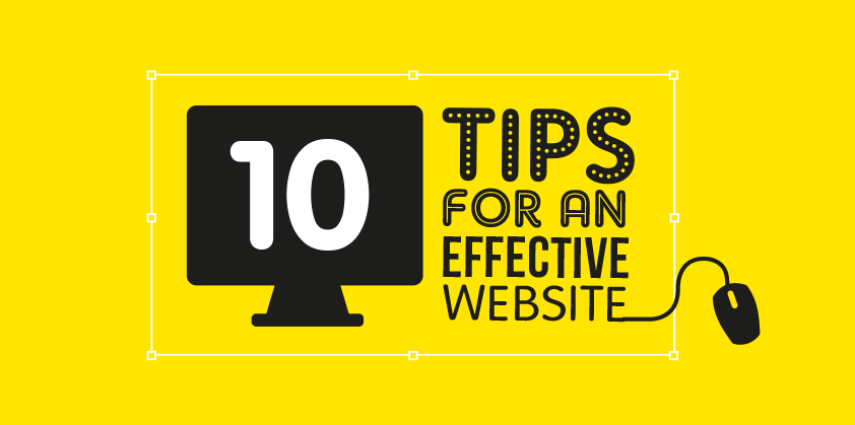Research shows that most people spend fewer than 15 seconds on a website before moving on.
That’s why first impressions are so important. In many cases, your website is the initial point of contact people have with you – a place where they can find out who you are, what you do and whether they want to get involved.
If it’s done well, your website can be a great opportunity to connect with the people you want to reach, generate support and raise your profile. So how do you encourage people to stay and find out more? Here, we outline some tips for creating user-friendly sites that engage audiences and help community-focused organisations achieve their goals.
1. Know who you’re talking to
As with all good communications, the first step in developing an effective website is to really understand your audience. Who are you trying to reach? What are these people’s interests, dislikes, attitudes and characteristics? By taking the time to describe your audience, you can then think about how to design a website that will best meet their needs.
2. Determine your purpose
The overall goal of your website will have a big impact on the type of website you create. Is the key purpose to get people to donate? To volunteer? To become advocates? The answers to these questions will guide your planning and make sure the website you develop is fit for its purpose.
3. Keep navigation simple
People that can’t quickly and easily find the information they’re looking for are likely to give up and go elsewhere. So think about the way content is structured and categorised. A good site map will ensure information flows logically and help people find their way around.
Remember too that the web is not the place for cutesy or obscure navigation headings. You don’t want to frustrate people by being unclear – so make sure labels and headings are simple, to the point and accurate.
4. Write in small chunks
We tend to scan text when reading on the web. So to help people quickly grasp the key points of your message, avoid lengthy, dense paragraphs where possible. Instead, aim for short sentences, bullet points and lots of headings and sub-headings to help the reader understand at a glance what you’re trying to say.
5. Choose colours and fonts carefully
Steer clear of colours that don’t tend to reproduce well on monitors and devices. These are usually highly saturated colours such as luminescent greens, bright oranges and fluoro yellows.
It’s also important to use web-based fonts and to avoid decorative or unusual fonts – although it may look great at your end, it might not turn out so lovely for someone with an old browser.
6. Be responsive
These days, people are constantly accessing websites while on the go – not just from their desktop computer. That’s why it’s critical to make sure your website is fully responsive and works well across phones and devices. Have a look at this roundup from everyaction to see how some of the best non-profit websites are catering to users on the move with responsive layouts.
Creating a fully responsive site doesn’t have to be overly complicated – there are some great site templates available that are pre-built to be responsive and can take care of the hard work for you.
7. Don’t annoy people
Nagging and inappropriate pop-ups, irritating music and incessant flashing lights are sure-fire ways to drive people away from your site.
8. Find different ways to tell your story
Your content doesn’t have to just take the form of the written word. The web opens up heaps of opportunities to connect with audiences through other media, like video, infographics and podcasts. Remember too that you can repurpose your multimedia content and share it across social media, helping you get the most out of your resources and reach a wider audience.
It’s also worth investing in quality photos where possible. Good pictures tend to resonate with people on an emotional level, which is particularly important for community-focused organisations. Just be sure that any images you use are optimised for the web, so your site doesn’t take too long to load.
9. Test, test, test!
Before your site goes live, it’s crucial to thoroughly put it through its paces. Ask people from your target audience for feedback that will help you gauge if the site is meeting your objectives. It’s also important to test it out across different devices so you can be sure everything is working well – no matter what the platform.
10. Keep things running smoothly
Make sure the person handling the ongoing management and support is fully trained in the content management system (CMS), so it’s easy to keep your content up-to-date and looking good.
Want to know more about how to create a website that makes an impact?
Get in touch to get noticed
Call us on 03 9882 9955 or send a message to info@disruptivemedia.com.au
#DisruptChangeConnect
What do you think makes a good website? Let us know your thoughts.



